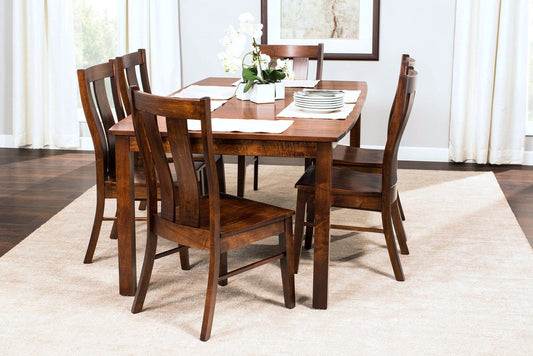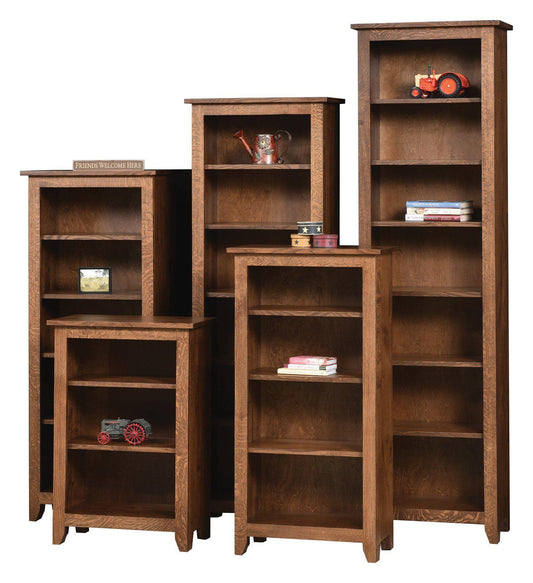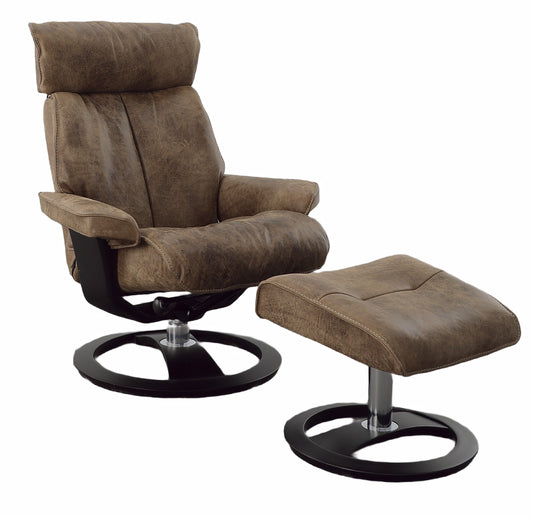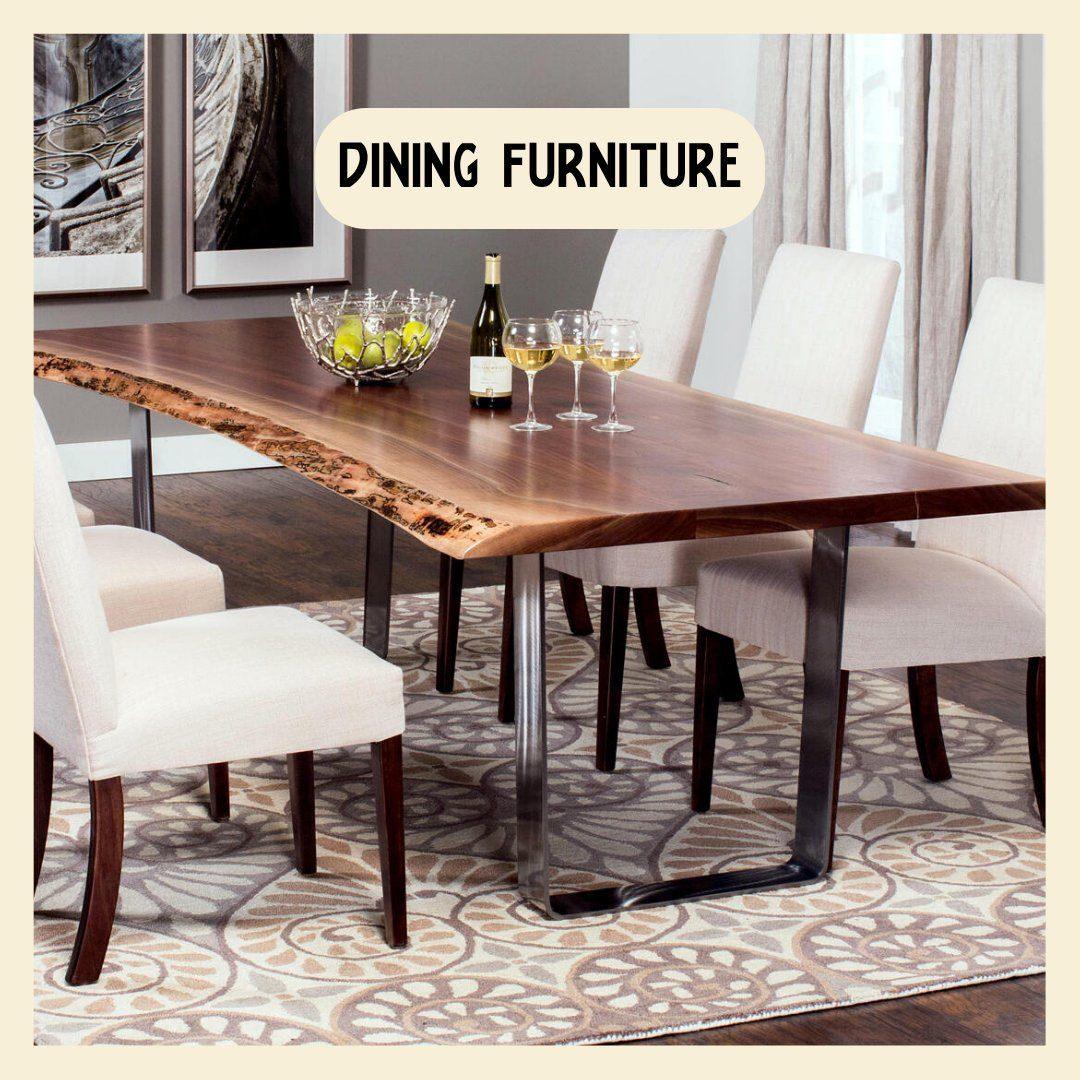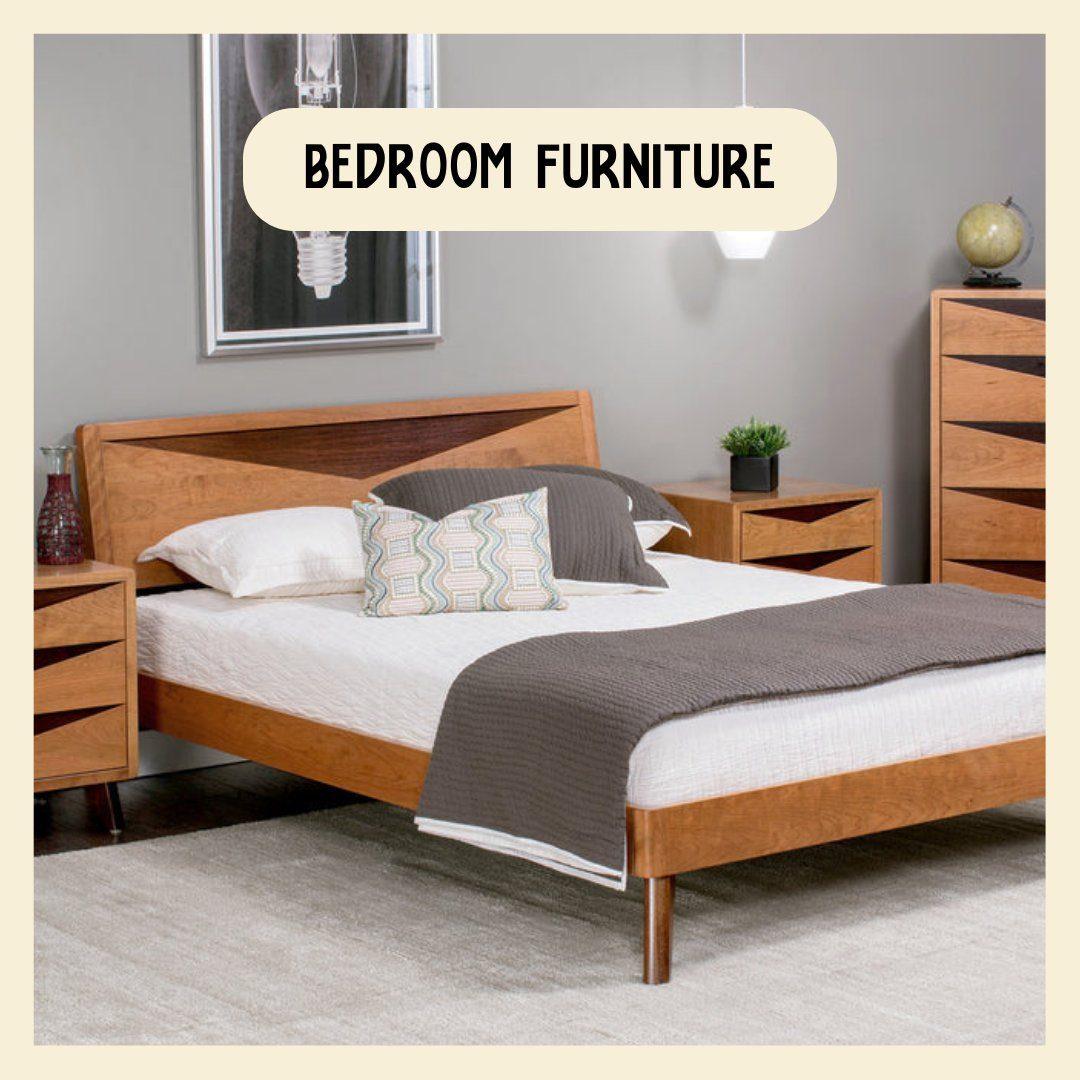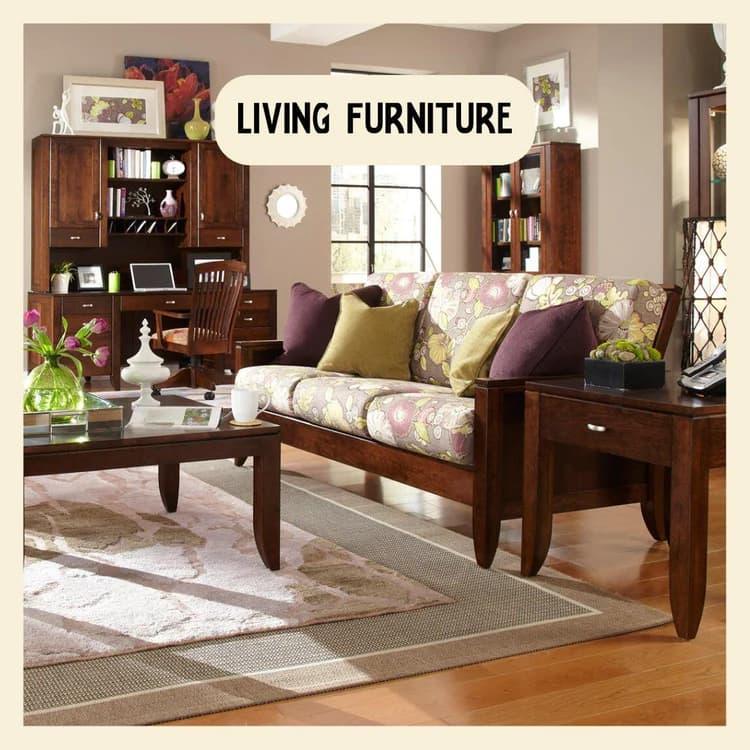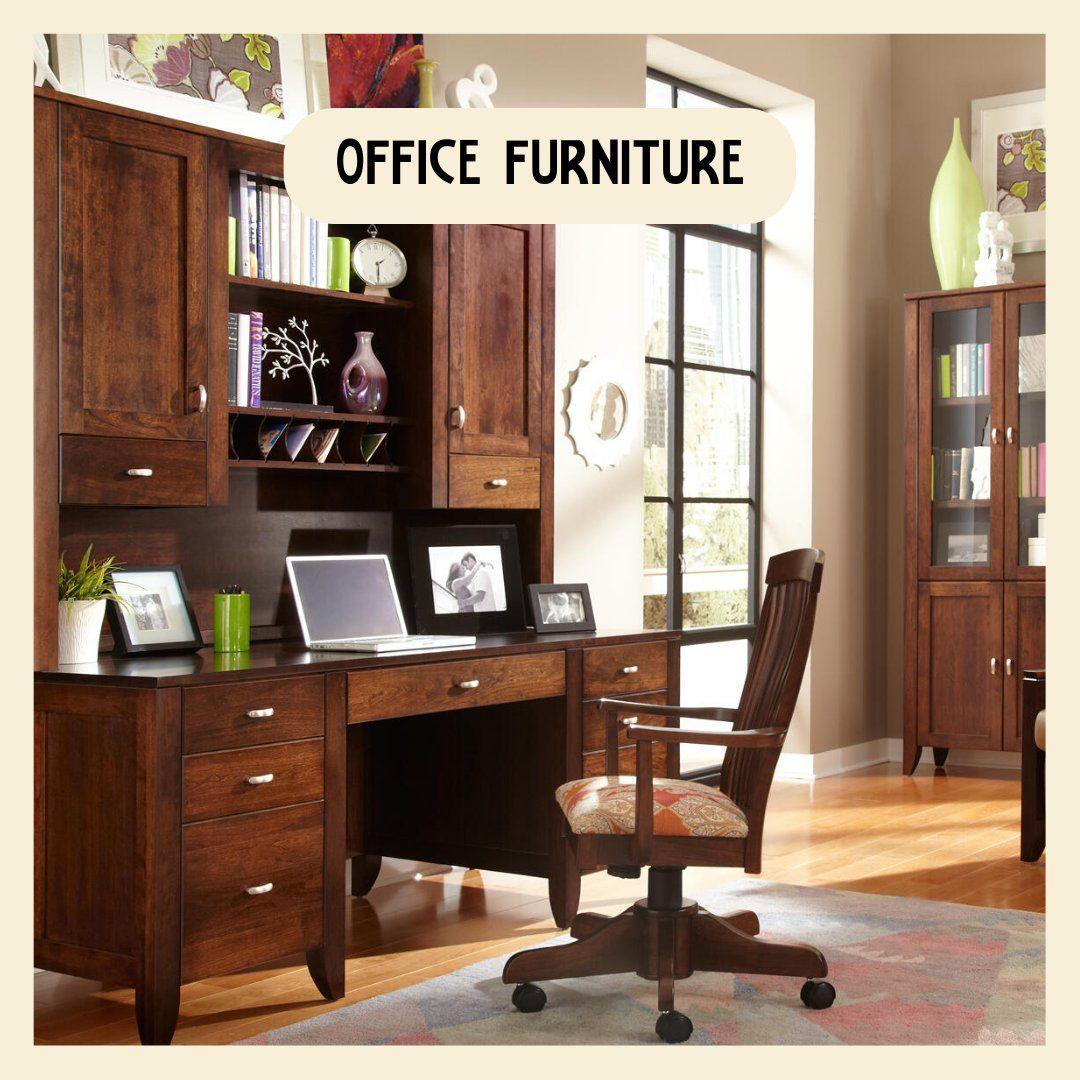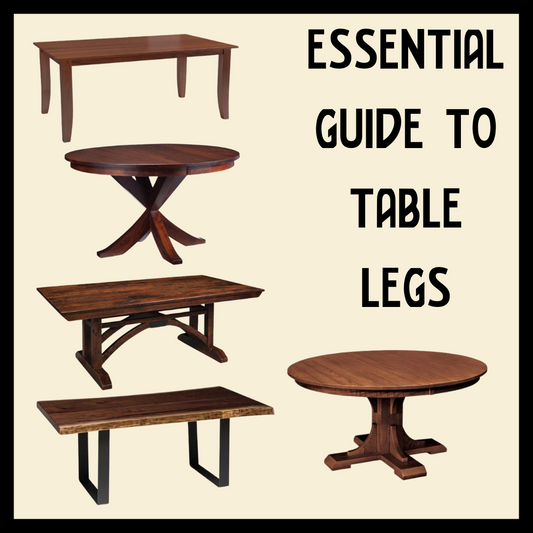How to Spot Quality Wood Furniture
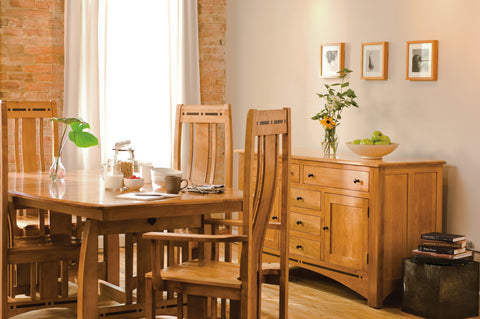
What makes quality furniture? It’s a common question and one we hear often at Modern Bungalow. The truth is that it’s easier than you think to identify a quality piece of furniture and it all comes down to identifying two key factors:
- Materials (wood type)
- Construction (joinery)
- Finishing (sanding, stains and lacquers)
Types of Wood for Furniture
Solid Wood
Solid wood furniture is made with whole solid pieces of lumber that are fitted together, or "joined" to construct your table, cabinet, or other piece. The cheapest way to make solid wood furniture is to use a fast-growing, soft wood species like pine, fir, or poplar. Furniture made from these woods may last, but will show all the bumps and bruises of life over time. Since it is cheaper, it's also typically the first choice of low-end manufacturers and will likely have low-quality joinery.
On the other hand, solid hardwood furniture is typically made from cherry, oak, maple, or walnut. These are slower-growing species, leading to a tighter grain and more dense material. Mahogany is a historically popular choice, but is not grown in many sustainably-managed forests so is difficult to get for modern makers.
Solid hardwoods are the first choice of top craftspeople who are making heirloom-quality furniture and using the best construction techniques.
Is it solid wood? Identifying solid wood can seem like a challenge with all of the attempts to imitate it, but follow these easy steps and you’ll have a pretty good idea if the piece you’re looking at is solid wood:
- Lift it - Solid hardwood furniture, especially oak, will be surprisingly heavy; while some plywood and MDF furniture can have some heft, weight is a good initial indicator of quality. One exception can be brown maple. While still a hardwood, it can feel a bit lighter than others.
- Look for and feel the grain - if a piece has a grain that you can feel under your fingertips, it’s likely solid wood. Veneers are often so thin that there is no grain left, or even worse- are a recreation of woodgrain on a synthetic material.
- Check backs/bottoms - Look at the furniture from every possible angle. Open the doors and drawers and look at all the corners. If anything less than solid wood has been used, you will be able to see places that the thin veneer attaches, or a cross-section of particle board.
- Check all parts of the piece- often manufacturers will construct the main part of the furniture (the outer frame) from solid hardwood, but then construct interior parts like drawer boxes from plywood.
Particle Board and Plywood
 You can identify the use of particle board in steps 2 & 3 from above - if you can see a grain but the surface is smooth, it may be a veneer (see below). When looking at the back panels you will be able to see the tell-tale airy pockets of the particle board or the layers of thin wood which indicate the use of plywood (note: some manufacturers use MDF particle board which will look and feel like a solid piece of wood but will lack any identifiable grain). Made from scrap pieces of wood or sawdust mixed with resin, particle board furniture is usually more lightweight and affordable. The trade-off is lesser quality more prone to chips and breaks - not to mention the formaldehyde generally used in the veneers which cover the plywood or particle board!
You can identify the use of particle board in steps 2 & 3 from above - if you can see a grain but the surface is smooth, it may be a veneer (see below). When looking at the back panels you will be able to see the tell-tale airy pockets of the particle board or the layers of thin wood which indicate the use of plywood (note: some manufacturers use MDF particle board which will look and feel like a solid piece of wood but will lack any identifiable grain). Made from scrap pieces of wood or sawdust mixed with resin, particle board furniture is usually more lightweight and affordable. The trade-off is lesser quality more prone to chips and breaks - not to mention the formaldehyde generally used in the veneers which cover the plywood or particle board!
Veneer
A veneer is sometimes a synthetic material or thinly sliced wood, also known as a laminate, used to cover the surface of an inexpensive piece of furniture to provide a solid color or the appearance of solid wood grain. Veneers can also be thin panels of higher quality wood fitted on top of cheaper wood to create the look of a higher quality piece of furniture.
You can identify a veneer with steps 2 & 3 from above.
Joint Construction
Now that you know how to find and identify the types of wood for furniture, you can examine the joint construction to definitively determine the quality of the piece. If looking at a desk or a dresser, open one of the drawers and take a look at how the face of the drawer is attached to the side panels. Quality furniture will generally be constructed using dovetail joints. These joints are identifiable by the series of interlocking trapezoidal “pins” and “tails.” Some manufacturers will use dovetail joints at the front of the drawer box, and flat stapled or nailed joints at the back. So be sure to check both!
one of the drawers and take a look at how the face of the drawer is attached to the side panels. Quality furniture will generally be constructed using dovetail joints. These joints are identifiable by the series of interlocking trapezoidal “pins” and “tails.” Some manufacturers will use dovetail joints at the front of the drawer box, and flat stapled or nailed joints at the back. So be sure to check both!

Bonus tip: Dovetails are used in things like drawer construction, but the corners of places like "face frames" get a different treatment. These are areas like where the vertical and horizontal parts of your cabinet door come together, or where the horizonal and vertical part of a bookshelf meet in a corner. Very high-quality furniture will be joined in this area with dowels that are glued and inserted into holes on each side. A much cheaper and faster (and less strong) way to do this is to drive a screw into the corner (called pocket screws). If you've ever lifted a dresser and had the top come away from the side, then you know why this isn't the best way.
The Finishing Touches
If you’ve identified the type of wood used and the quality of the joint construction but still want to ensure once and for all that you have a quality piece of furniture on your hands, it's time to look at the finishing steps.
Check to make sure all drawer interiors are well sanded, finished, and waxed. Interiors should be smooth and free of snags or burs in the wood. Additionally, dressers should have a thin layer of wood between each level to ensure that dust and moisture do not flow freely though the piece (see image). In addition to dovetail joints, quality furniture will often have a reinforcing block of wood fitted to the corners at an angle for superior stability and support.
No inconsistencies in color should be visible anywhere on the piece. Any stain should be evenly and smoothly distributed over the piece. There should be no bumps or drips in the lacquer at all.
A high-quality finish should be buttery smooth to the touch, after being allowed to dry, sanded, recoated, and sanded and recoated again.
Hardware should feel solid and should open and close smoothly. Quality manufacturers will always use full-extension drawer slides (undermounted so as not to show on the sides of the drawer), soft-close hinges and slides, and solid brass or glass pulls and knobs.
Spotting Quality Furniture Overview
Well there you have it. What makes quality furniture? The type of wood used and the attention to quality construction and finishing are tell-tale signs that are easy to identify and will give you piece of mind knowing that you are purchasing a lasting piece of furniture that was built for generations to enjoy. For more education, stop by our shop and talk to an expert or check out our online store for some great examples of quality Craftsman style furniture.



